
AI and Genealogy Research GPT - AI-powered genealogy research tool

Discover your ancestry with AI-driven research
How can AI help in tracing my family history?
What are the latest AI tools for genealogy research?
Can AI analyze complex family trees?
How does AI assist in interpreting DNA test results?
Get Embed Code
AI and Genealogy Research GPT Overview
AI and Genealogy Research GPT is designed as a specialized tool for exploring the intersection of artificial intelligence (AI) and genealogical research. Its primary function is to assist users in understanding, navigating, and enhancing their family history research using AI-driven methods. It offers advanced capabilities for genealogists, family historians, and researchers looking to leverage AI for deeper insights into ancestry and lineage. The system is built to support tasks such as identifying patterns in historical records, extracting information from large genealogical databases, and assisting in organizing and analyzing complex family trees. For instance, imagine a user struggling with inconsistencies in birth dates across different records for the same ancestor. AI and Genealogy Research GPT could help by analyzing these records, offering likely explanations for discrepancies (such as transcription errors or calendar changes), and proposing the most reliable data. Another example would be helping a researcher determine migration patterns by analyzing geographical shifts across multiple generations in a family tree. Powered by ChatGPT-4o。

Key Functions of AI and Genealogy Research GPT
Record Analysis and Cross-referencing
Example
AI-driven algorithms can process multiple historical documents (census, birth, death, and marriage records) to identify common ancestors and resolve conflicting data points.
Scenario
A user has conflicting birth records for an ancestor. The system compares dates, cross-references them with other family members' data, and suggests the most accurate timeline based on regional and historical factors.
Family Tree Construction and Visualization
Example
The system assists users in constructing and visualizing complex family trees, providing graphical tools to represent relationships and track family lines over generations.
Scenario
A genealogist working on a project with hundreds of individuals across multiple generations can use this function to automate the creation of a family tree, where the system highlights potential gaps or connections based on available data.
Data Extraction from Historical Texts
Example
AI tools like natural language processing (NLP) can extract relevant genealogical information from large, unstructured historical texts such as letters, wills, or diaries.
Scenario
A user has a collection of old family letters and documents but struggles to manually extract information. AI can quickly analyze these texts to pull out names, dates, and locations that are critical for family history research.
Language Translation and Transcription Assistance
Example
AI models can translate old records or documents written in foreign or obsolete languages and help users interpret them within a genealogical context.
Scenario
A researcher discovers family records written in Old German or Latin and struggles with translation. AI tools can translate the documents, allowing the user to understand key genealogical details.
Pattern Recognition in Genetic Genealogy
Example
AI can analyze DNA test results and cross-reference them with genealogical records to identify genetic matches and suggest potential relatives.
Scenario
A user receives DNA results and struggles to interpret their relationship to distant cousins. AI can analyze patterns in shared DNA segments and suggest potential common ancestors.
Ideal User Groups for AI and Genealogy Research GPT
Professional Genealogists
Professional genealogists who conduct extensive research for clients or institutions benefit from AI's ability to manage and analyze large datasets quickly. They can use AI tools to automate time-consuming tasks such as cross-referencing records, identifying errors, and visualizing family relationships.
Amateur Family Historians
Hobbyist genealogists and family historians who are building their own family trees can use AI to streamline their research, especially when faced with incomplete or conflicting information. AI helps them track down elusive ancestors and fill in gaps more efficiently.
DNA Test Users
Individuals who have taken DNA tests (through companies like 23andMe or AncestryDNA) can use AI tools to better understand their genetic matches, identify common ancestors, and explore the migration patterns of their ancestors.
Historical Researchers and Academics
Researchers studying migration, demographic changes, or specific historical events can use AI to uncover patterns in genealogical data. For example, they can use AI to track migration flows or identify social trends across generations based on census data.
Linguistic and Cultural Historians
Cultural and linguistic historians working on deciphering old manuscripts, letters, or records in foreign languages can benefit from AI’s transcription and translation capabilities. This helps them unlock the genealogical information embedded in these texts.

How to Use AI and Genealogy Research GPT
Step 1
Visit yeschat.ai for a free trial without login, also no need for ChatGPT Plus.
Step 2
Familiarize yourself with basic genealogy terms and data sources, such as census records, birth and death certificates, and family tree structures.
Step 3
Input specific queries related to your genealogy research, like analyzing family tree data or understanding historical migration patterns.
Step 4
Utilize the multilingual capabilities to explore genealogical data in different languages, as AI can help interpret non-English records or translate historical documents.
Step 5
For advanced research, ask for guidance on DNA analysis or historical records integration, enhancing the depth of your genealogical discoveries.
Try other advanced and practical GPTs
Newfoundland Genealogy
Uncover Your Roots with AI
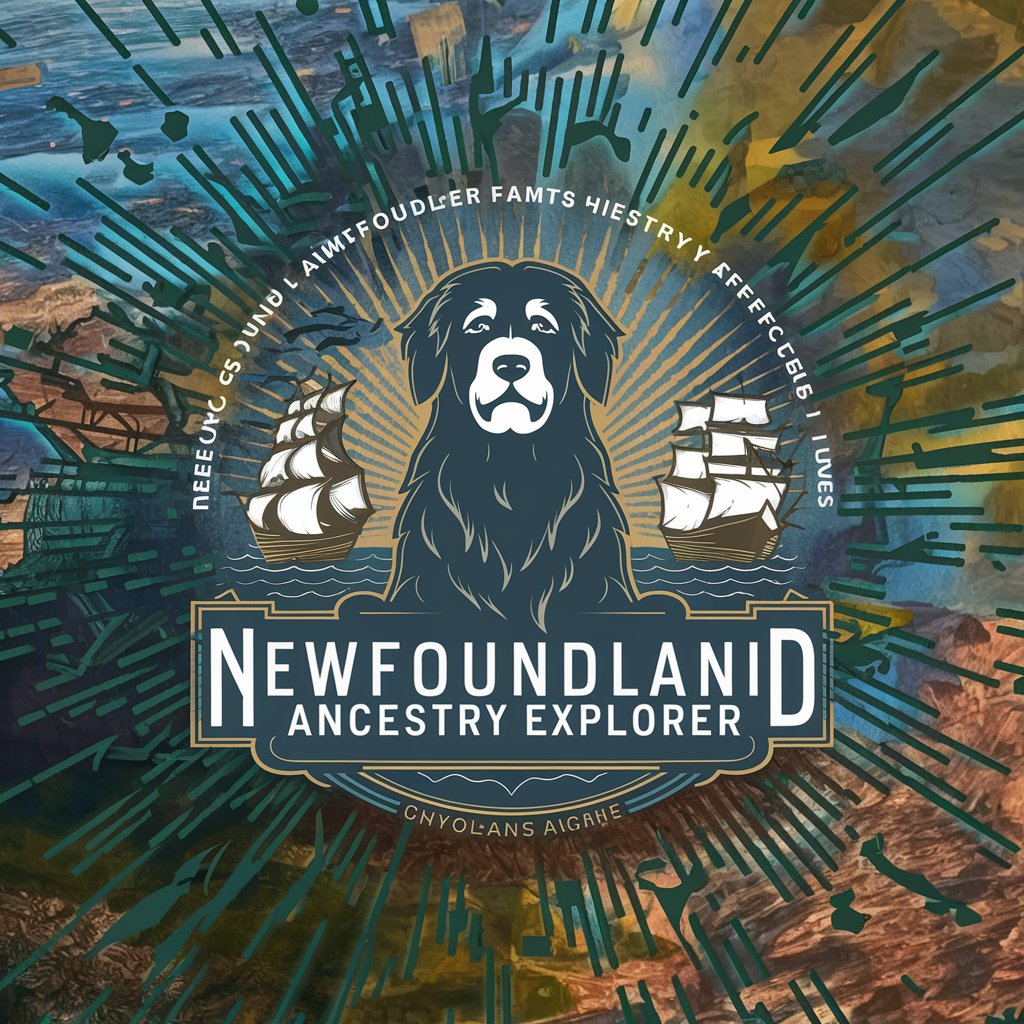
Genealogy Research Assistant
Uncover Your Past with AI
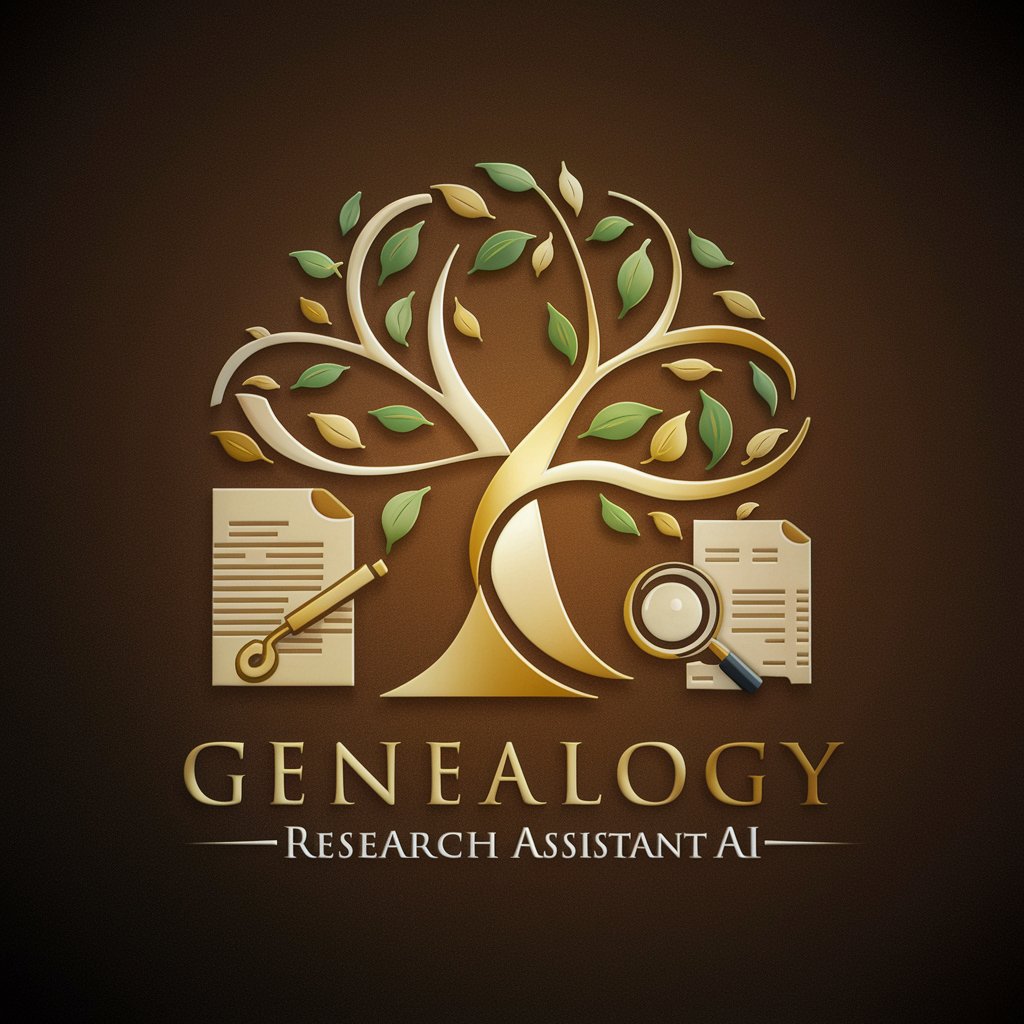
Genealogy Guide
Uncover Your Roots with AI

GenealoGPT
Mapping Your Roots with AI

Chameleon
Revolutionize Your Style with AI
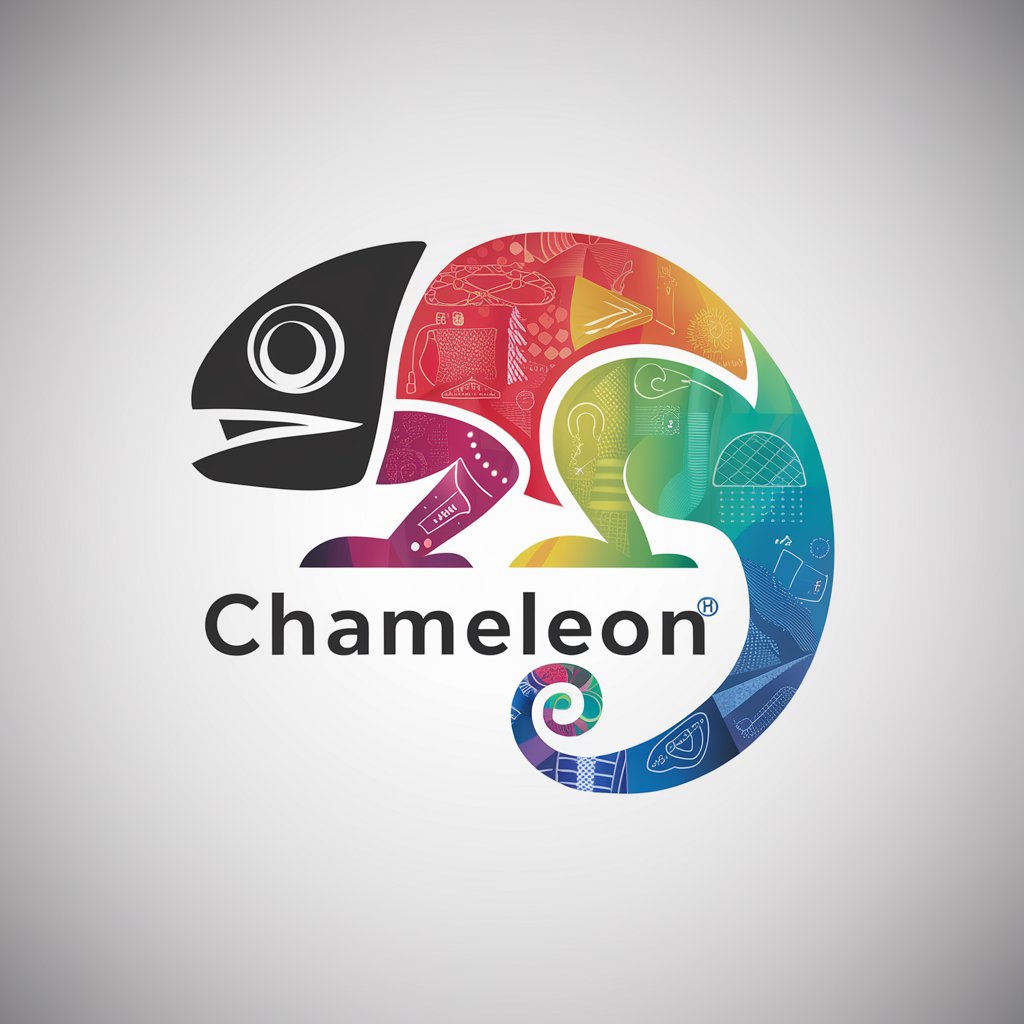
Kanji Challenger
Master Kanji with AI-powered guidance

Marketing Ebook Writer
Empowering Marketing with AI

WillAIm Shakespeare
Reviving Shakespeare with AI

Ye Olde Fantasy Scribe
Craft Thy Character, Begin Thy Quest
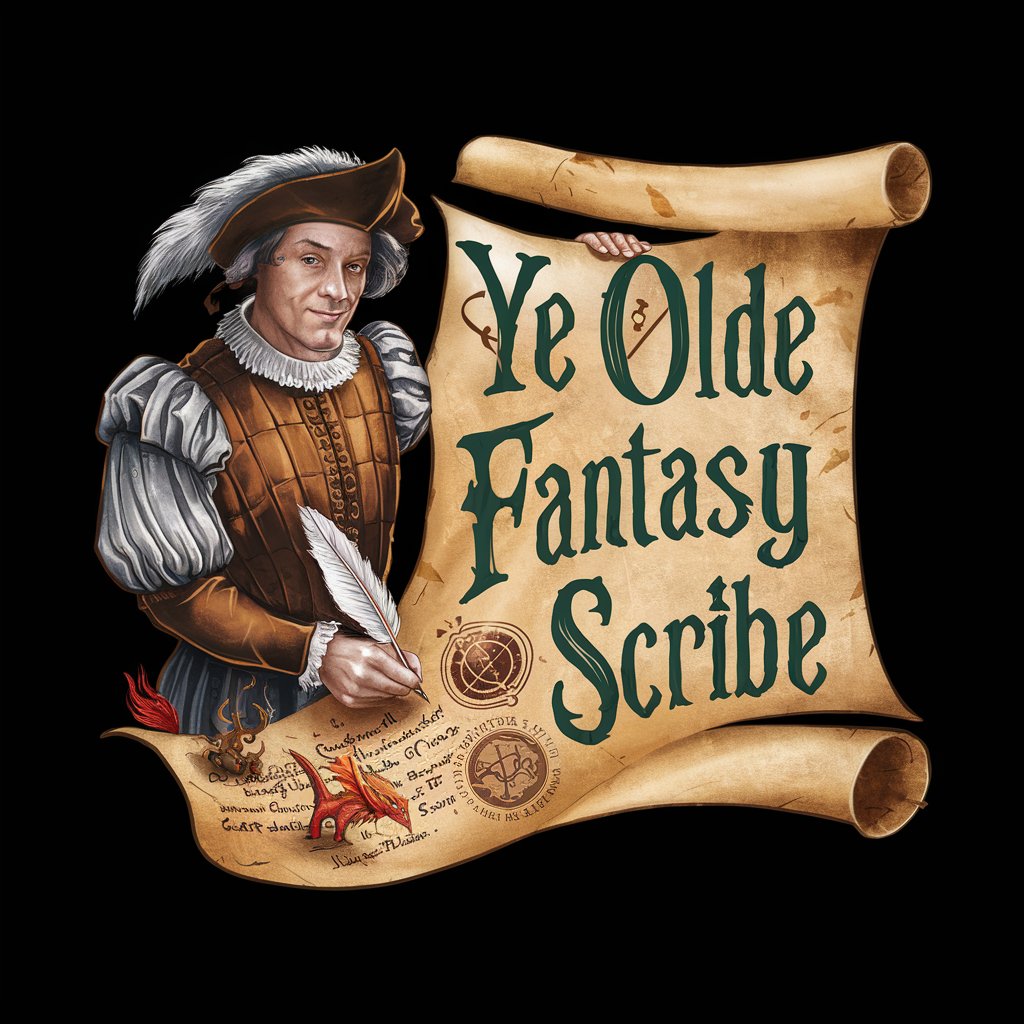
🕵️♀️ Agent Thee GPT 🕵️♀️
Empower Your Voice with AI
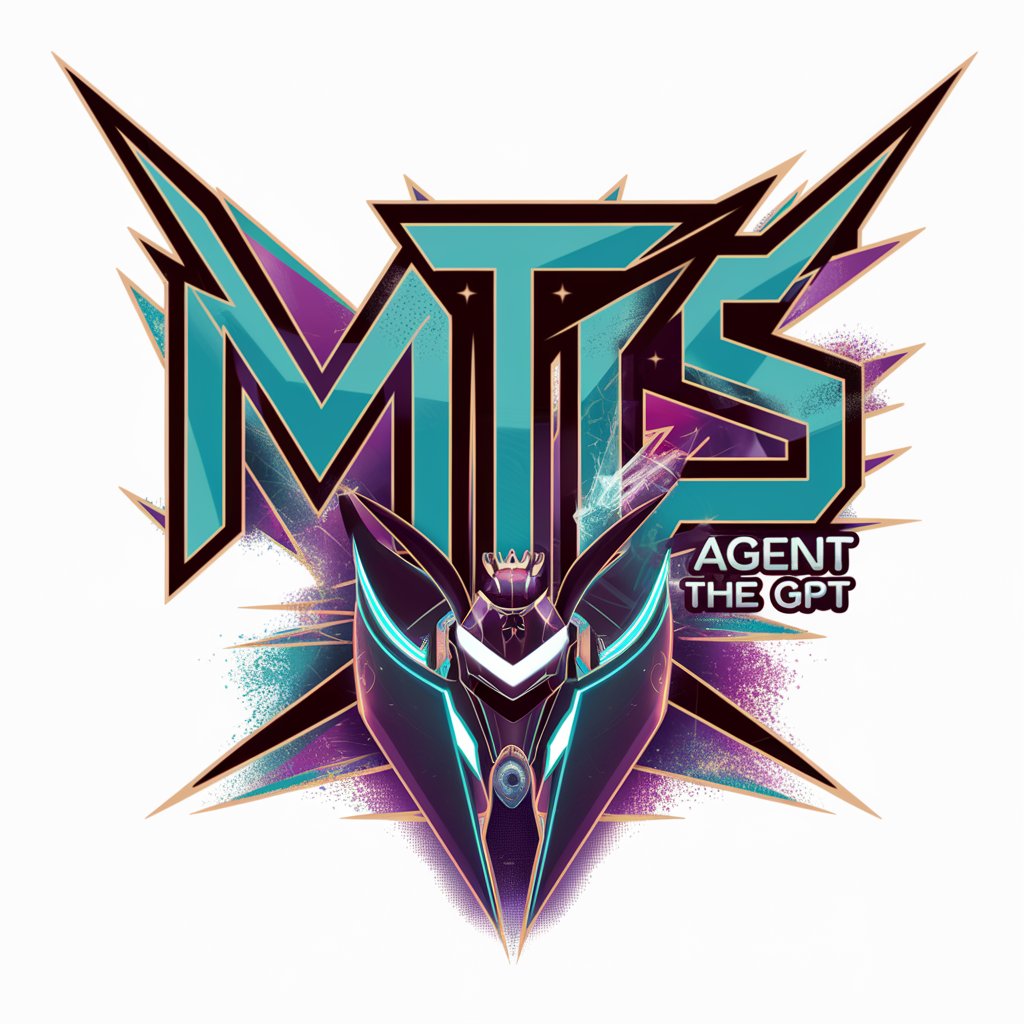
Asistente Apartamentos Amoblados MI FAMILIA
Book smarter with AI-driven guidance.

Kabalah Instructor
AI-powered Kabbalah insights tailored for you.

AI and Genealogy Research GPT: Q&A
How can AI assist in genealogical research?
AI can analyze large datasets quickly, helping to identify relationships between individuals, analyze historical patterns, and even predict familial connections across generations using available records.
What genealogical data can AI analyze?
AI can process various types of data, including census records, birth and death certificates, immigration data, historical documents, and DNA information. It helps in matching individuals, interpreting documents, and uncovering patterns over time.
How does multilingual support enhance genealogy research?
Multilingual support allows users to research genealogical records in various languages. AI can translate documents, interpret non-English records, and help trace ancestry through global databases, regardless of language barriers.
Can AI provide insights into DNA results?
Yes, AI can help interpret complex DNA data, compare genetic markers, and provide insights into ancestral regions, ethnic makeup, and potential familial connections based on genetic matches.
How does AI handle large family trees or historical data sets?
AI efficiently organizes and analyzes large family trees, tracing lineages across generations. It can also identify patterns, such as common ancestors or migration trends, using vast historical data sets.